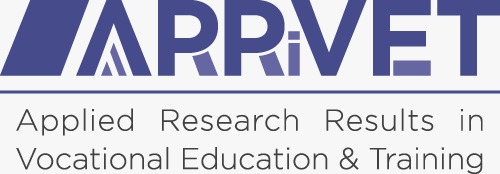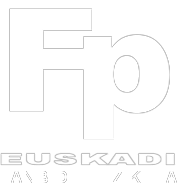ARRiVET magazine has launched its 2nd call for articles
We are thrilled to announce that ARRiVET is now accepting submissions for articles for its second issue. This is a fantastic opportunity for you to share your insights, research, and experiences with a broader audience.
We welcome articles in the following categories:
a.Research Results – applied research findings from projects undertaken by VETs.
b. Research Practices – applied research approaches leading to results and principles.
c. Research in Context – geographies of applied research and their results.
d. Training for Research – activities in preparation for applied research and its results.
e. Training for Vocations – the “applied research/training for vocation nexus” including applied research in pedagogy, building teacher capacity, learning development, and building student capacity.
Please refer to this document arrivet_2024-call-for-articles_apa7-oth for detailed information on submission guidelines and deadlines. We encourage you to circulate this announcement within your networks to help us reach potential contributors.
About ARRiVET
ARRIVET – Applied Research Results in Vocational Education and Training is the magazine edited by the World Federation of Colleges and Polytechnics Applied Research Affinity Group (WFCP ARIAG).
ARRIVET is an international, interdisciplinary publication dedicated to the documentation and dissemination of applied research results. Its focus is on the application of research to the solution of business and industry problems, and the use of applied research in vocational learning and teaching. It addresses any person who is interested in solving practical research problems of business and industry, with particular focus on those committed to the dialogue between production and instruction, the professional and the vocational.
ARRIVET Statement of Principles
- Goals: ARRIVET is a publication dedicated to the documentation and dissemination of applied research results gathered through inquiry, investigation, innovation, and insight. Its focus is on the application of research to the solution of business and industry problems, and the use of applied research in vocational learning and teaching.
- Audience: ARRIVET speaks to engineers and cognate professions, technologists and technicians, teachers and trainers, students, and employees. It addresses any person who is interested in the application of test/retest methodologies to the practical research problems of business and industry, with particular focus on those committed to the dialogue between production and instruction, the professional and the vocational.
- Processes: ARRIVET produces one publication annually, in an electronic format, online, and open source.
- Demographics: ARRIVET is an international publication seeking to publish manuscripts from applied research practitioners around the world. It is particularly receptive to work from women, Indigenous Peoples, persons with disabilities, members of visible minorities/racialized groups, and members of LGBTQ2+ communities.
- Author Expectations: ARRIVET authors are expected to submit only their own work, to attribute all quotations, cite all sources, and credit all supporting organizations.
- Submission Protocols: ARRIVET submission manuscripts are encouraged and accepted between February and November of each year, and each submission will be acknowledged by email. All manuscripts submitted become the property of the publication which retains the first right of refusal. Each will be read and reviewed by at least two members of the editorial board, who will determine whether a manuscript will be published as written, returned for revision, or refused. If selected for publication, authors will be contacted prior to publication. Once published, the manuscript copyright reverts to the author.
- Manuscript Requirements: ARRIVET requires all manuscripts to be written in English and submitted electronically. Use a standard, a single column on an 8.5” x 11” page portrait layout. Only PDF files of fewer than 20 megabytes will be accepted. Find more details in the information for authors.




